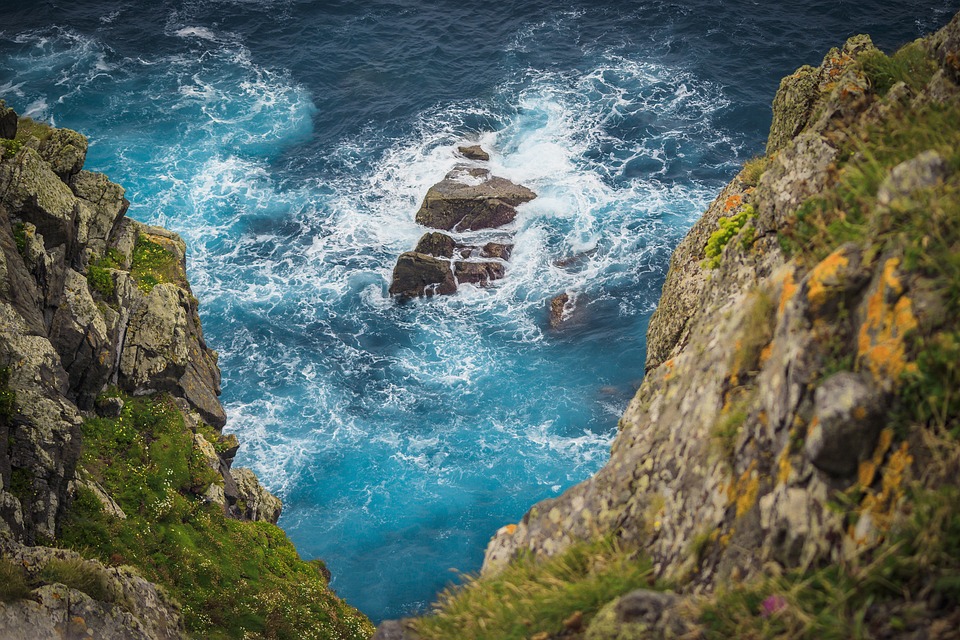The depths of the world’s oceans have long been shrouded in mystery, with only a fraction of the vast underwater terrain explored and understood. However, recent breakthroughs in underwater exploration technology have allowed scientists and researchers to gain unprecedented access to these hidden worlds. From new submersibles to advanced mapping technology, these innovations are providing valuable insights into the complex ecosystems that thrive beneath the waves.
One of the most exciting developments in underwater exploration is the use of autonomous underwater vehicles (AUVs). These robotic vehicles are equipped with high-resolution cameras, sensors, and sampling tools, allowing them to navigate the ocean floor without the need for human intervention. AUVs can reach depths that would be impossible for manned submersibles, offering researchers the opportunity to explore previously inaccessible areas of the ocean.
In addition to AUVs, advancements in underwater mapping technology have revolutionized our understanding of the seafloor. Multibeam sonar systems can create detailed, three-dimensional maps of the ocean floor, revealing underwater features such as mountains, canyons, and deep-sea vents. These maps provide crucial information for scientists studying marine habitats and geology, helping to uncover hidden ecosystems and underwater landscapes.
One of the most significant breakthroughs in underwater exploration in recent years has been the discovery of hydrothermal vents. These underwater geysers release superheated water and minerals from beneath the Earth’s crust, creating a unique ecosystem that supports a rich diversity of life. Hydrothermal vents are home to an array of strange and fascinating creatures, including giant tube worms, blind shrimp, and unique species of bacteria. Studying these extreme environments has provided valuable insights into the potential for life on other planets and the origins of life on Earth.
Another recent breakthrough in underwater exploration is the development of deep-sea submersibles capable of reaching the deepest parts of the ocean. The recent expedition to the Mariana Trench, the deepest point on Earth, provided scientists with a rare glimpse into this extreme environment. The submersible captured stunning footage of new species of deep-sea creatures, as well as the plastic pollution that has infiltrated even the most remote corners of the ocean.
As technology continues to advance, the possibilities for underwater exploration are endless. From uncovering hidden ecosystems to studying the effects of climate change on marine life, the discoveries made through underwater exploration have the potential to shape our understanding of the world’s oceans for years to come. With each new breakthrough, we move one step closer to unraveling the mysteries of the deep and unlocking the secrets of our planet’s last unexplored frontier.




